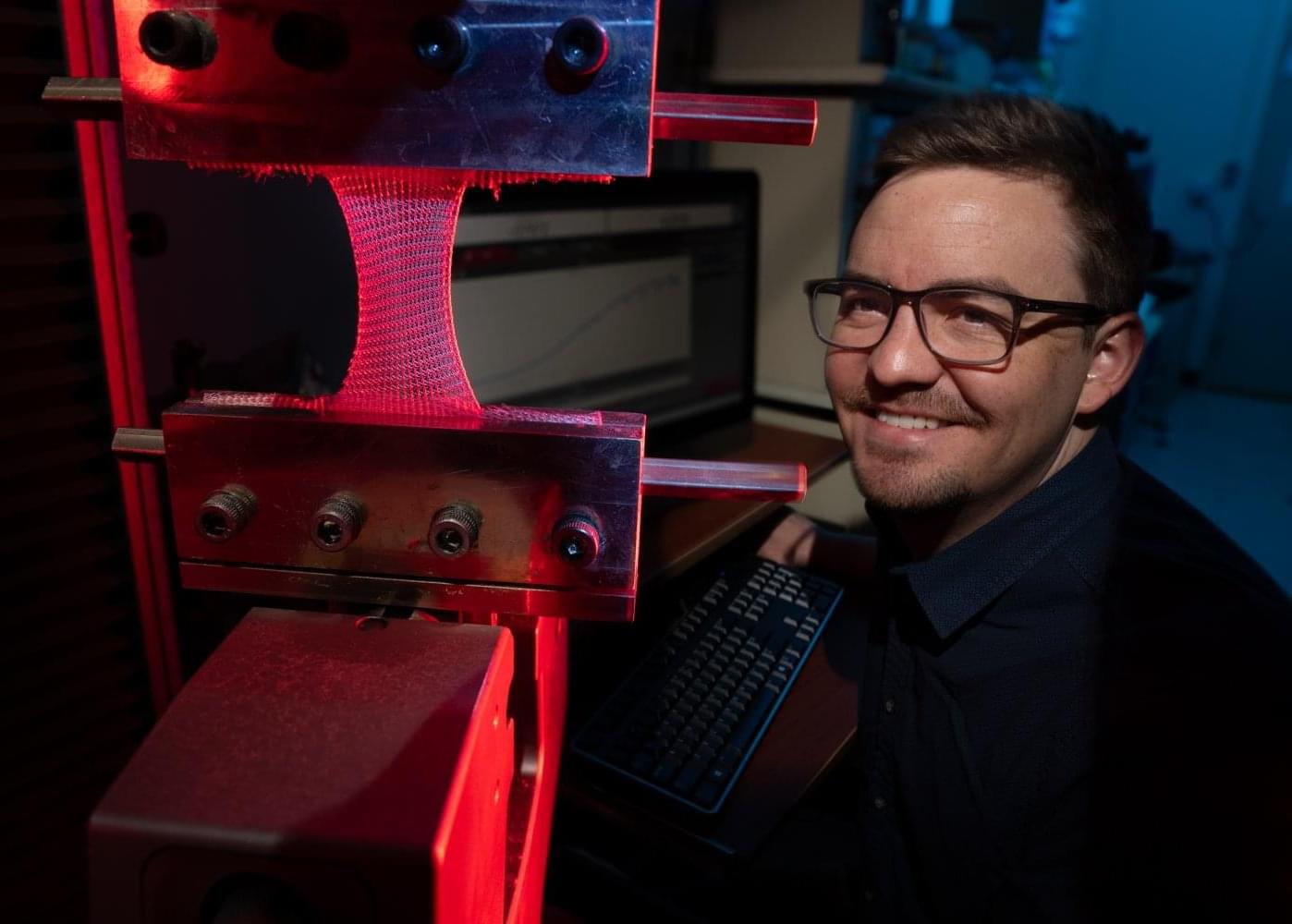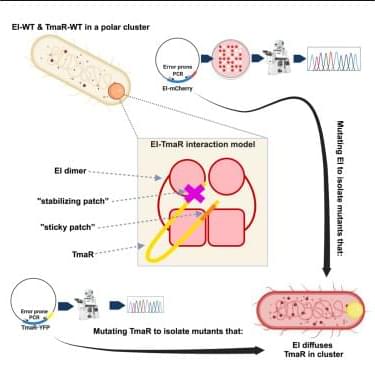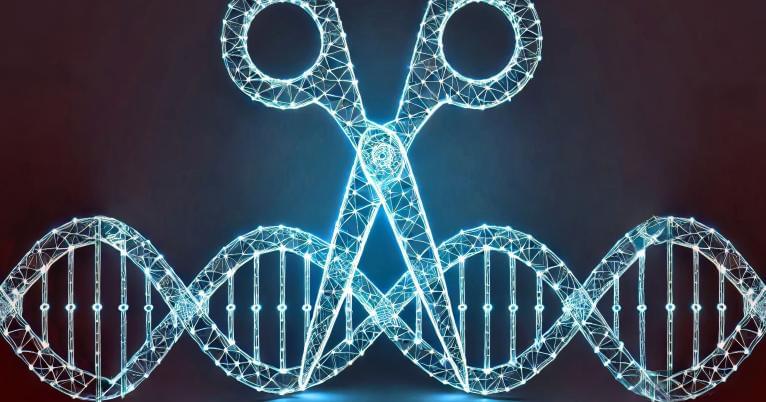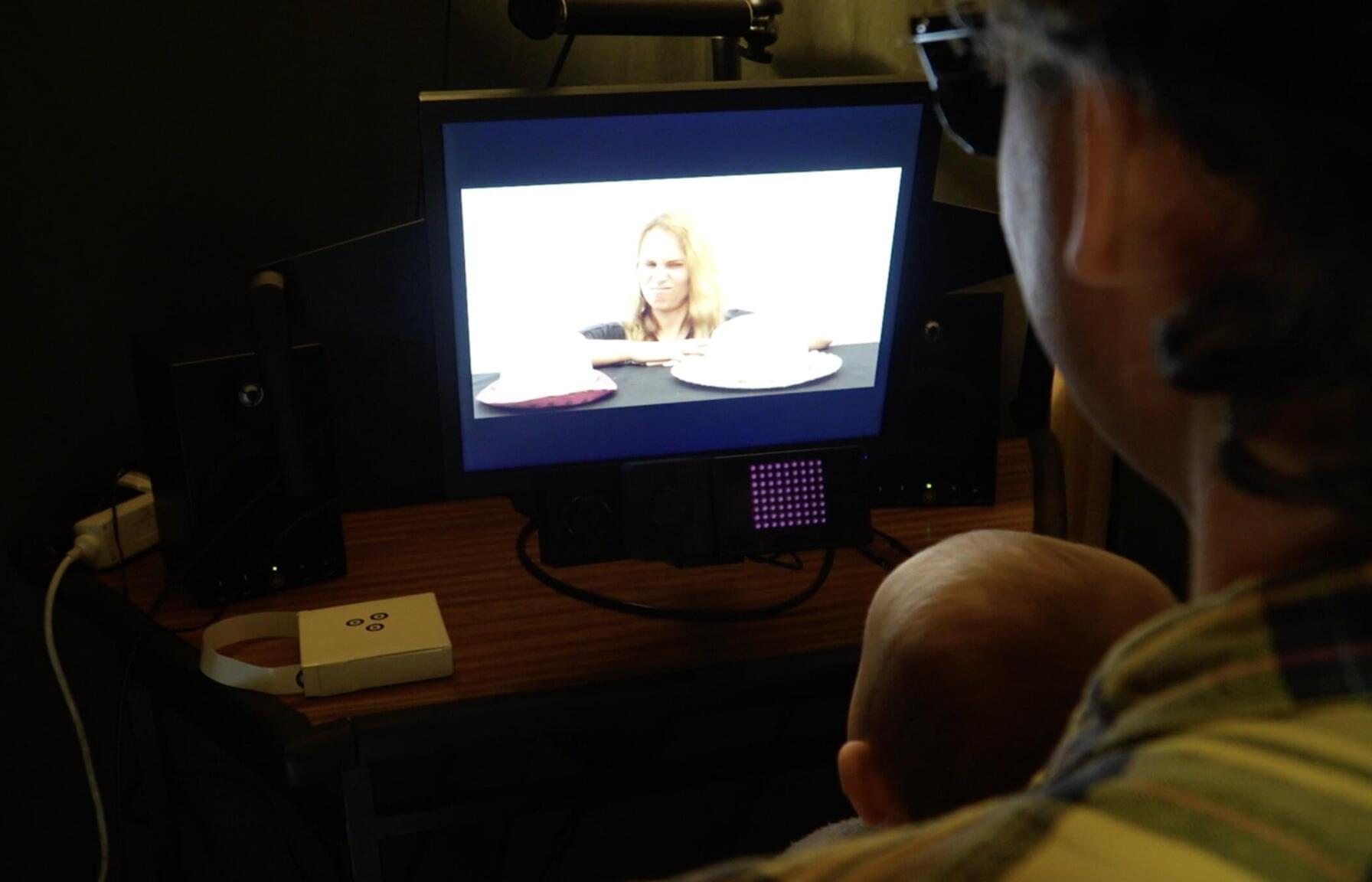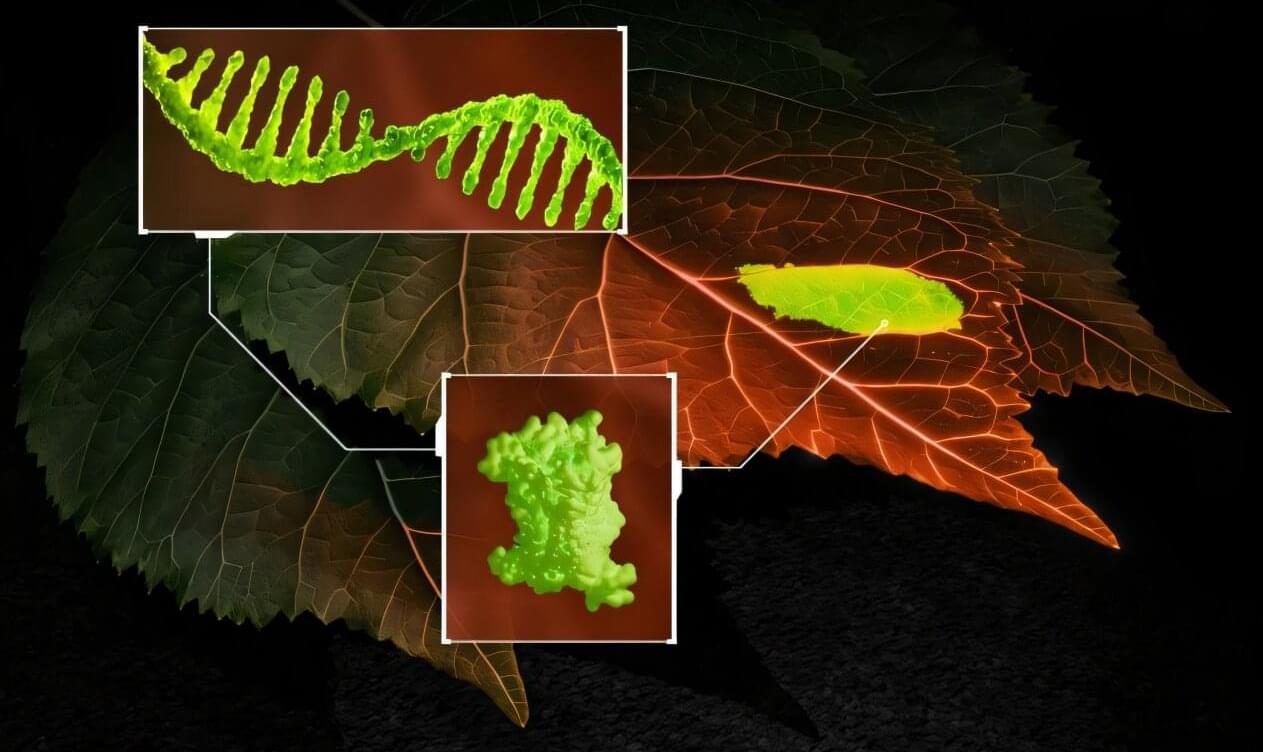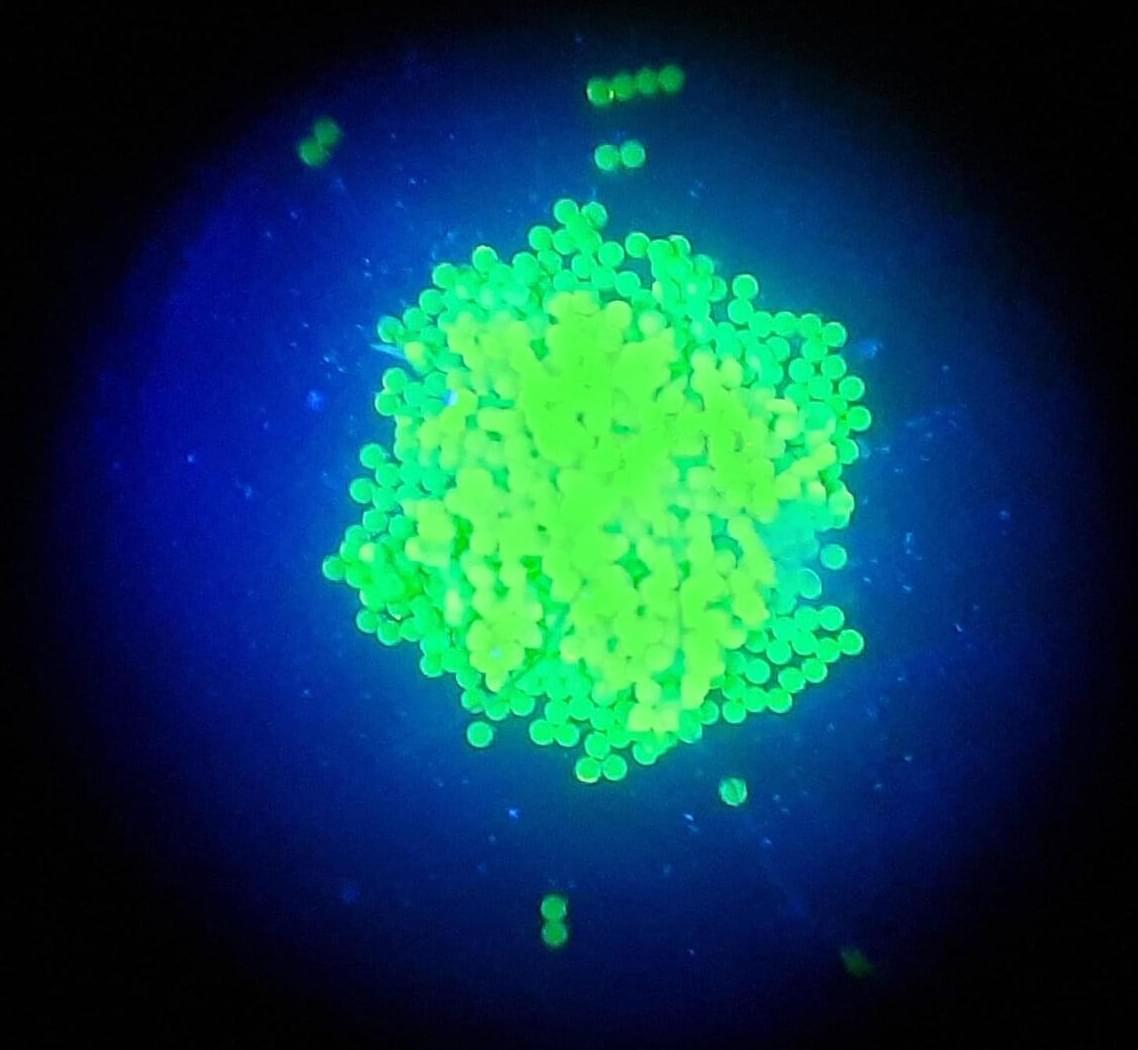Scientists at Oak Ridge National Laboratory have developed the first-ever method of detecting ribonucleic acid, or RNA, inside plant cells using a technique that results in a visible fluorescent signal. The technology can help researchers detect and track changes in RNA and gene expression in real time, providing a powerful tool for the development of hardier bioenergy and food crops and for the detection of unwanted plant modifications, pathogens and pests.
RNA is a signaling molecule inside cells that is used to read the deoxyribonucleic, or DNA, code and convert it into functional parts such as proteins that are essential for plant growth and stress response. The ORNL-developed biosensor continuously monitors RNA levels in live plants, replacing a traditional destructive, time-consuming method used by scientists for collecting, processing and analyzing tissue.
“With this biosensor, scientists gain real-time insights into how cells reprogram themselves at a molecular level under changing environmental conditions such as drought or disease,” said Xiaohan Yang, lead for the project at ORNL. The approach streamlines traditional methods used to verify gene expression in modified plants and can better detect plant physiology related to disease or nutrient stress, accelerating the development of better crops.
